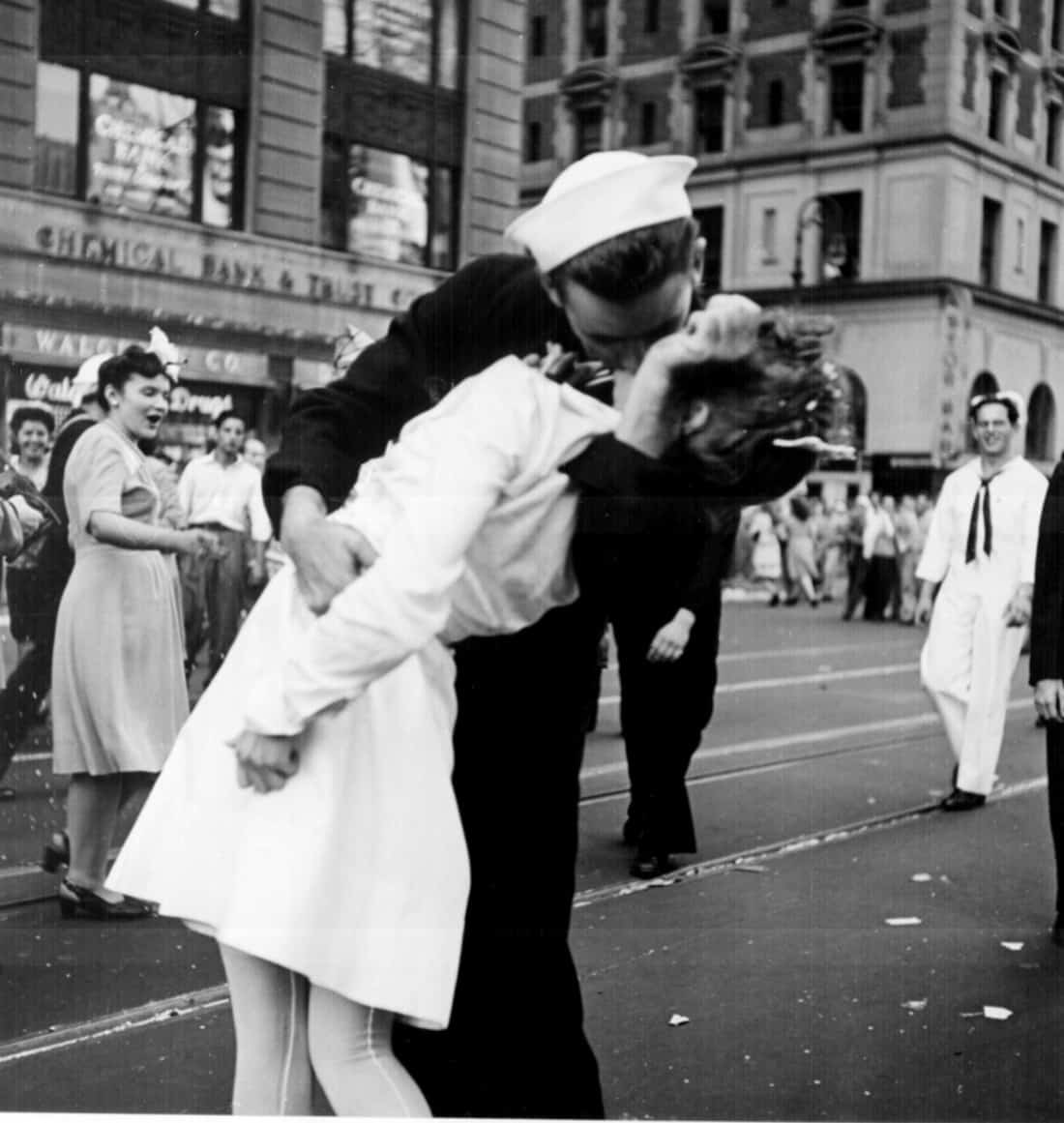An Unbiased View of Framing Streets
An Unbiased View of Framing Streets
Blog Article
The Main Principles Of Framing Streets
Table of ContentsOur Framing Streets IdeasFraming Streets for DummiesThe Basic Principles Of Framing Streets Getting The Framing Streets To WorkHow Framing Streets can Save You Time, Stress, and Money.What Does Framing Streets Do?
, normally with the objective of recording pictures at a crucial or poignant minute by cautious framework and timing. https://www.storeboard.com/framingstreets.
His boots and legs were well defined, but he is without body or head, because these were in movement." Charles Ngre, waterseller Charles Ngre. https://www.blogtalkradio.com/framingstreets1 was the first digital photographer to attain the technological sophistication needed to register people in motion on the road in Paris in 1851. Photographer John Thomson, a Scotsman collaborating with reporter and social lobbyist Adolphe Smith, published Street Life in London in twelve month-to-month installations starting in February 1877
The 8-Second Trick For Framing Streets
Eugene Atget is considered a progenitor, not since he was the very first of his kind, however as a result of the popularisation in the late 1920s of his record of Parisian streets by Berenice Abbott, that was influenced to embark on a comparable paperwork of New York City. [] As the city created, Atget helped to promote Parisian roads as a worthwhile topic for digital photography.

The Only Guide to Framing Streets
Martin is the initial tape-recorded photographer to do so in London with a masked video camera. Mass-Observation was a social research organisation started in 1937 which aimed to tape everyday life in Britain and to videotape the reactions of the 'man-in-the-street' to King Edward VIII's abdication in 1936 to marry separation Wallis Simpson, and the sequence of George VI. The chief Mass-Observationists were anthropologist Tom Harrisson in Bolton and poet Charles Madge in London, and their initial report was created as guide "May the Twelfth: Mass-Observation Day-Surveys 1937 by over 2 hundred observers" [] Home window cleaner at Kottbusser Tor, Berlin, by Elsa Thiemann c. 1946 The post-war French Humanist College digital photographers found their subjects on the street or in the diner. Between 1946 and 1957 Le Groupe des XV every year showed work of this kind. Andre Kertesz. Circus, Budapest, 19 May 1920 Street digital photography formed the major web content of two exhibitions at the Gallery of Modern Art (Mo, MA) in New york city curated by Edward Steichen, 5 French Photographers: Brassai; Cartier-Bresson, Doisneau, Ronis, Izis in 1951 to 1952, and Post-war European Photography in 1953, which exported the idea of street photography globally.

Unknown Facts About Framing Streets
The recording equipment was 'a covert video camera', a 35 mm Contax hidden underneath his coat, that was 'strapped to the upper body and attached to a lengthy cable strung down the best sleeve'. However, his job had little contemporary impact as as a result of Evans' sensitivities regarding the originality of his task and the privacy of his topics, it was not published till 1966, in guide Numerous Are Called, with an intro created by James Agee in 1940.
Helen Levitt, then an educator of kids, related to Evans in 193839. She documented the transitory chalk illustrations - Street photography that were part of children's street society in New York at the time, as well as the kids who made them. In July 1939, Mo, MA's brand-new photography section included Levitt's job in its inaugural exhibitionRobert Frank's 1958 book,, was considerable; raw and commonly out of emphasis, Frank's images examined traditional digital photography of the time, "challenged all the formal policies set by Henri Cartier-Bresson and Walker Evans" and "contradicted the wholesome pictorialism and wholehearted photojournalism of American publications like LIFE and Time".
Report this page